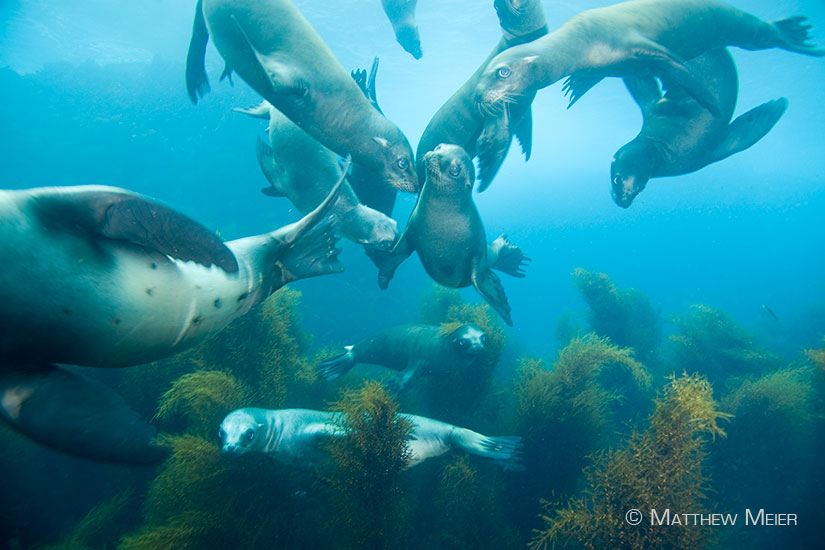
*Spoiler, we're going to ask you to fill out our Perspectives on MPA Management Survey
You can count on the California coast for two things - iconic tidepools and beaches, and some longtime local waiting to tell the bright eyed tourist just how much livelier the ocean used to be. The North Coast used to be "swimming with abalone," and the black sea bass of San Diego are said to have been "twice as big as you!"
About ten years ago the State of California determined that in order to sustain California's unique marine species, fishing pressures would have to get reduced. In 2012, the State formalized one of the world's largest networks of Marine Protected Areas which has since limited the 'take' of marine species to varying degrees in 124 locations up and down the coast. If you live in California and hang out in the ocean, chances are that ocean species in an MPA near you have been given a decade of breathing room to rebound.
Fast forward ten years to today and this scientifically-based network has already shown incredible results for population and biodiversity. In the Matlahuayl State Marine Reserve in San Diego, scientists have observed higher densities of rock scallops and sheephead since the reserve was established. Sensitive snowy plovers are nesting again after a 50 year disappearance in the Campus Point State Marine Conservation Area in Santa Barbara — indicating that the birds' offshore food sources are thriving. And there is evidence that long-term protections work: In the 25 years of management of the Point Lobos Marine Reserve, black abalone are larger and red abalone numbers have increased.
The California Department of Fish and Wildlife is now reviewing the last ten years of Marine Protected Area management in a process called the 'Decadal Management Review' which is meant to determine how management parameters like outreach, monitoring, enforcement and permitting processes have been performing. There's no question that marine species have benefitted from the last ten years of reduced harvesting, but it's an important time to recount how the state's approach to management can continue to best support effective results.
Surfrider is very involved in this Review process, and we've created a Survey on MPA Perspectives so we can take your voices to the Department of Fish and Wildlife's MPA Forum on March 15 (open to the public!) and let them know how you view MPAs and MPA management. If you want more context, you can read the State's Decadal Management Review Report, or our NGO letter about the report.
Getting involved in this 'Decadal Review Process' is important if you want to see the State continue to protect ocean species. Here are some of Surfrider's high level comments on the State's Report so far:
- MPAs are a success. They've resulted in positive population and biodiversity outcomes in just ten years.
- The Report's discussion of how people view MPAs is biased because it places undue emphasis on opinions of commercial fishers. This is an important perspective, but we also want to hear what surfers, snorkelers and wildlife watchers think about MPAs.
- More monitoring is needed in order to continue adapting to changing management needs and circumstances. This is especially true when considering how to build resilience to climate change into the MPA Network.
It's through work like this that we hope to support California's marine life. One day in the future, we'll be the ones lurking around tide pools, pulling passerbys aside to say "You wouldn't believe how far these elephant seals/kelp forests/ halibut have come!"
